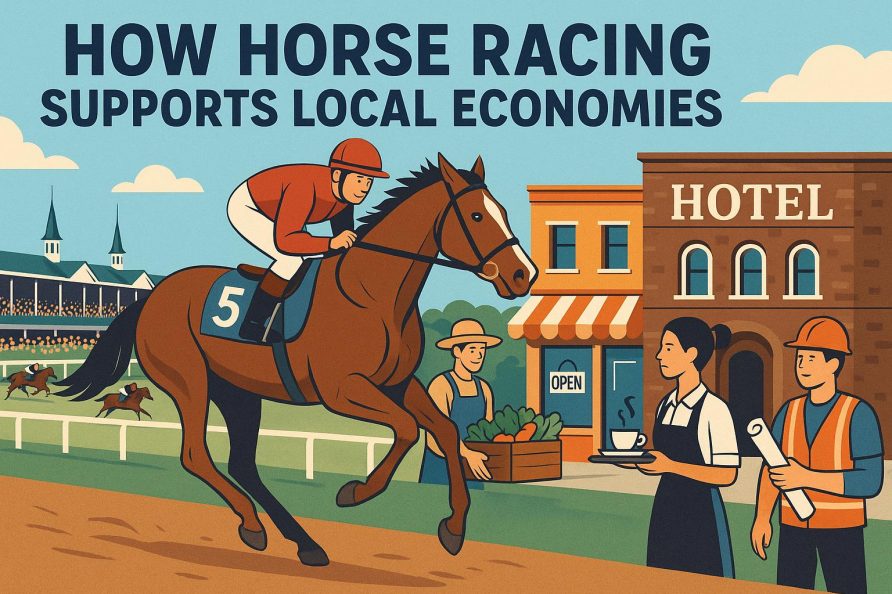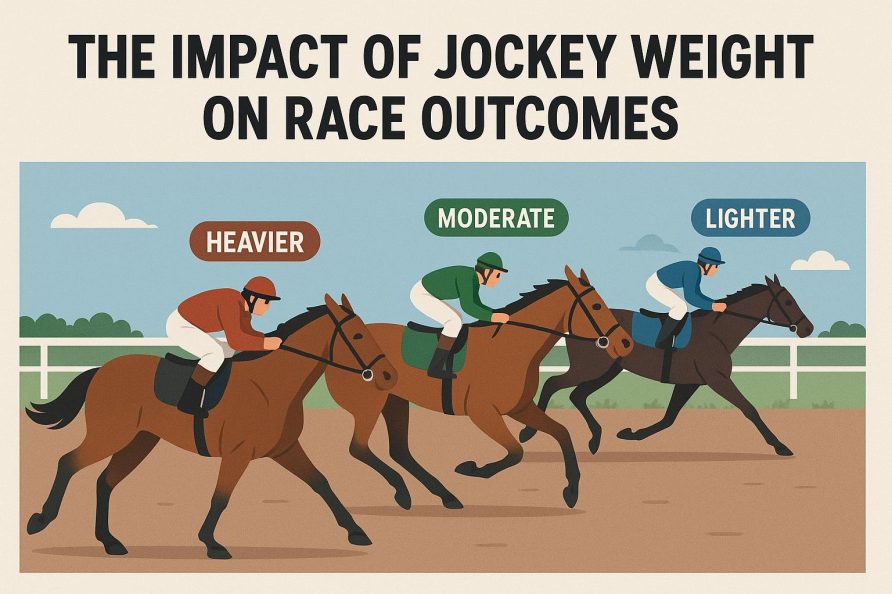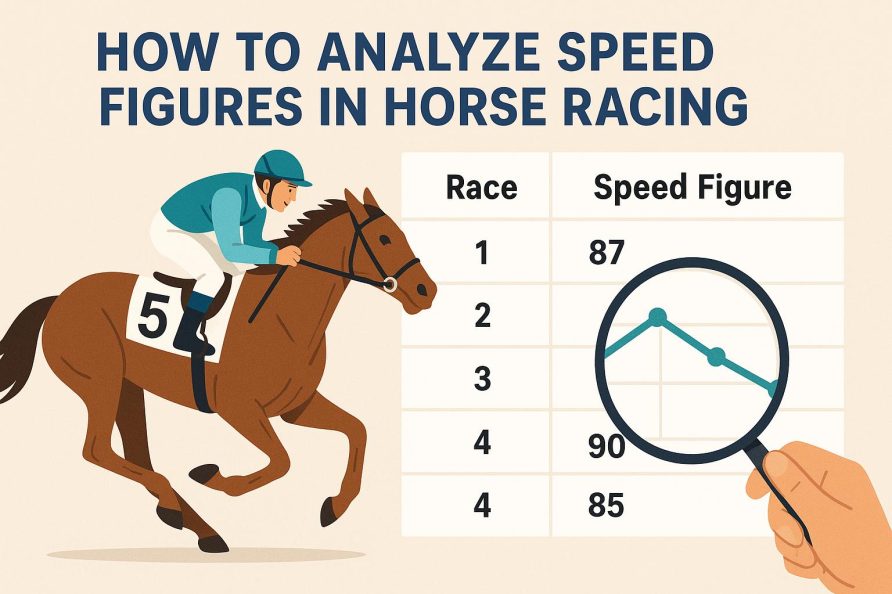Understanding Payouts in Horse Race Betting
Horse race betting can be quite intriguing, especially when it comes to calculating potential payouts. Understanding how payouts work is fundamental to a fruitful betting experience. This guide provides an overview of determining these payouts, often expressed as odds, and enables a more informed approach to placing bets.
Types of Bets in Horse Racing
Before delving into the methods to calculate payouts, it is important to get familiar with the various types of bets available in horse racing. These different bets offer varied risks and returns, catering to different bettor strategies.
Win: This is the simplest form of bet where you put your money on a horse you predict will finish first. If the horse wins the race, you win. It’s straightforward and often sought after by beginners due to its simplicity.
Place: In this bet, your chosen horse needs to secure either first or second place. Although the payout is generally lower than a win bet, having two possible outcomes makes this a less risky option.
Show: Expanding the odds further, a show bet requires your horse to finish in one of the top three positions. Because it covers a broader outcome, the odds are typically less lucrative than win or place bets but offer a safer chance at earning a return.
Exotic Bets: These bets involve predicting the finishing order of multiple horses. They are more complex and include options like the Exacta, where you predict the first two finishers in precise order, the Trifecta which involves the first three, and the Superfecta that includes the top four horses in exact order. While the risk is higher, the rewards for successfully predicting the correct sequence can be substantial.
Calculating Horse Race Betting Payouts
Being familiar with odds is crucial as they directly affect the calculation of payouts. Odds are representations of potential returns based on the likelihood of an event occurring, conveyed through decimal, fractional, or moneyline formats.
Decimal Odds
Decimal odds are quite straightforward and popular in many parts of the world. They express the total payout for every unit wagered, as opposed to just the profit. The calculation is simply:
Payout = Bet Amount × Decimal Odds
For instance, if you place a wager of $10 on a horse with decimal odds of 5.00, the calculated payout would be:
$10 × 5.00 = $50
Decimal odds provide clarity by including the stake in the presented return, making it easier for bettors to grasp their potential total gain.
Fractional Odds
Fractional odds are commonly used in horse racing, particularly in places like the UK. They illustrate the profit relative to the stake, excluding the original bet amount. The formula for calculating a payout with fractional odds is:
Payout = (Stake × Numerator / Denominator) + Stake
For instance, a $10 wager placed at 4/1 odds would result in:
(10 × 4/1) + 10 = $50
This style highlights the potential profit, making it beneficial for comparing with alternative odds formats and understanding the reward-to-risk ratio.
Moneyline Odds
Moneyline odds are prevalent in the United States and differentiate between favorites and underdogs via positive and negative figures. Positive odds indicate the profit from a $100 bet, whereas negative odds signal the amount required to win $100.
For Positive Odds: Payout = (Stake × (Odds / 100)) + Stake
For Negative Odds: Payout = (Stake / (Odds / 100)) + Stake
These calculations assist in determining the profitability of a bet, influencing decisions on the best value options based on financial strategy.
The Impact of Pool Size on Payouts
Additionally, it is important to note that payouts might be influenced by the pool size, especially within pari-mutuel betting systems. Here, odds aren’t fixed until the race begins, reflecting the pool distribution’s final state.
The Pari-Mutuel Betting System
In the pari-mutuel system, all bets staked on a particular type are pooled together. The odds depend on the share of bets on each conceivable outcome, establishing a balance between competitive staking and prize availability. After taxes and track costs are deducted in the form of a takeout amount, the remaining pool is distributed among those holding successful tickets.
This system is popular as it provides an equitable framework for bettors, with payouts fluctuating in sync with the volume and distribution of bets, matching real-time interest and market reality.
Conclusion: Enhancing Horse Racing Betting Experience
Grasping the fundamentals of horse racing bet payouts significantly enhances the overall betting experience. By understanding the various betting types and methods for calculating odds, bettors can make more informed decisions that align with their risk tolerance and desired outcomes. Bettors keen on refining their expertise can explore various dedicated horse racing resources and betting platforms that detail specific rules and strategic insights for each race.
Developing a keen understanding of these components can transform horse race betting from a game of chance into a systematic, enjoyable, and potentially profitable pursuit.





